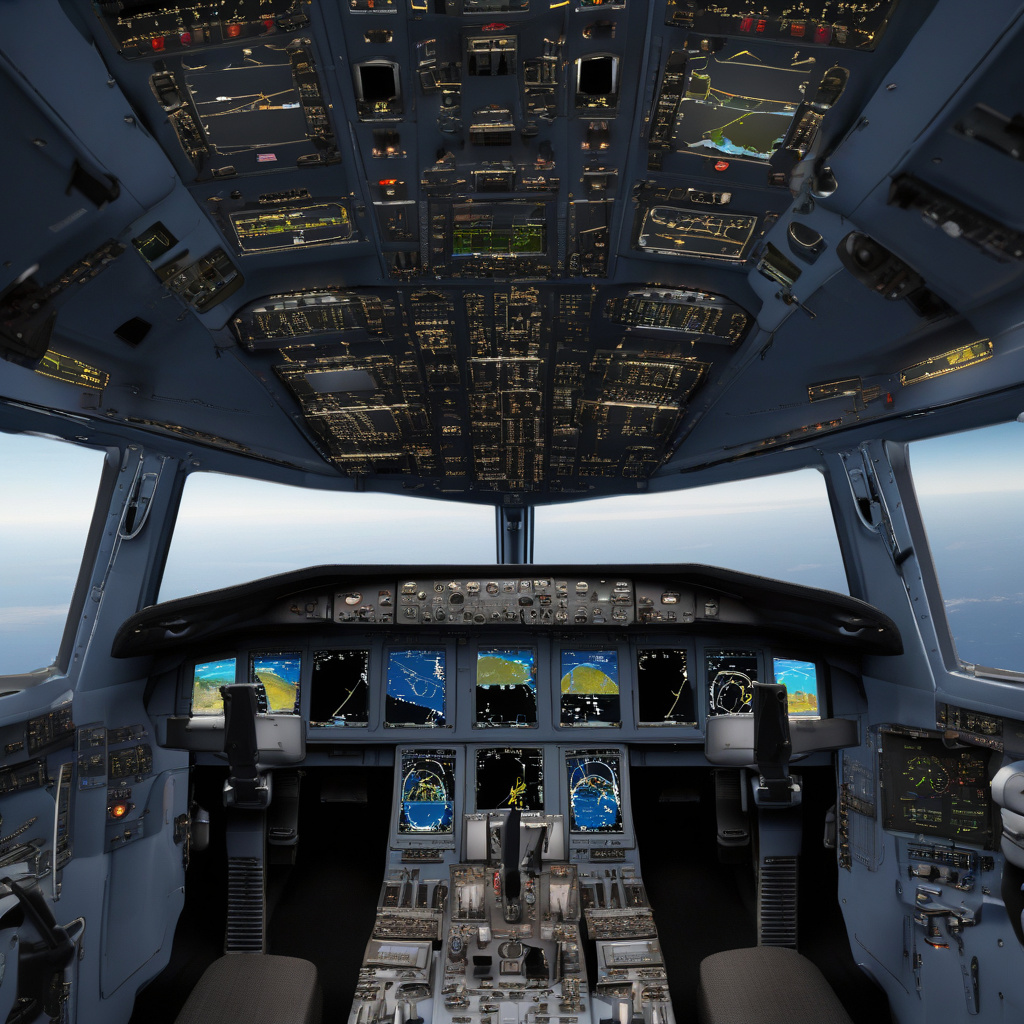In recent times, aviation safety has been in the spotlight following incidents like the Delta airplane crash landing in Toronto. Such events raise questions about the technologies in place to prevent crashes and ensure passenger safety. Understanding the intricate tech systems that keep planes in the sky is crucial for both professionals in the field and the general public.
One of the primary technologies that play a vital role in preventing crashes is the Traffic Collision Avoidance System (TCAS). TCAS is designed to monitor the airspace around an aircraft and communicate with nearby planes to avoid potential collisions. It provides pilots with real-time information about the location of other aircraft, issuing alerts and instructions to prevent dangerous situations.
Another critical technology onboard planes is the Ground Proximity Warning System (GPWS). GPWS uses radar and GPS data to monitor the aircraft’s altitude and proximity to the ground. It alerts pilots if the plane is flying too close to terrain, helping to prevent accidents such as controlled flight into terrain (CFIT) incidents.
Autopilot systems have also significantly contributed to flight safety. These systems assist pilots in controlling the aircraft, maintaining a steady course, and reducing the risk of human error. Autopilots can perform various functions, from keeping the plane on course during long flights to assisting with precision landings in low-visibility conditions.
Furthermore, modern aircraft are equipped with advanced weather radar systems that help pilots navigate through challenging weather conditions. These radars provide real-time information about storms, turbulence, and other weather hazards, allowing pilots to make informed decisions to ensure a safe flight.
Additionally, Enhanced Vision Systems (EVS) and Synthetic Vision Systems (SVS) have revolutionized how pilots perceive their surroundings, especially in low-visibility situations. EVS uses infrared cameras to enhance visibility during night flights or adverse weather conditions, while SVS creates 3D virtual images of the terrain to help pilots maintain spatial awareness.
Moreover, Flight Data Recorders (FDR) and Cockpit Voice Recorders (CVR) are crucial technologies that aid in investigating incidents after they occur. These devices record flight data and cockpit conversations, providing valuable information for determining the cause of accidents and implementing safety measures to prevent future occurrences.
In conclusion, the combination of these advanced technologies plays a pivotal role in ensuring aviation safety and preventing crashes. From collision avoidance systems to weather radars and autopilot features, each technology contributes to the overall safety of air travel. As technology continues to evolve, the aviation industry will undoubtedly see further innovations aimed at enhancing flight safety and protecting passengers and crew members alike.

